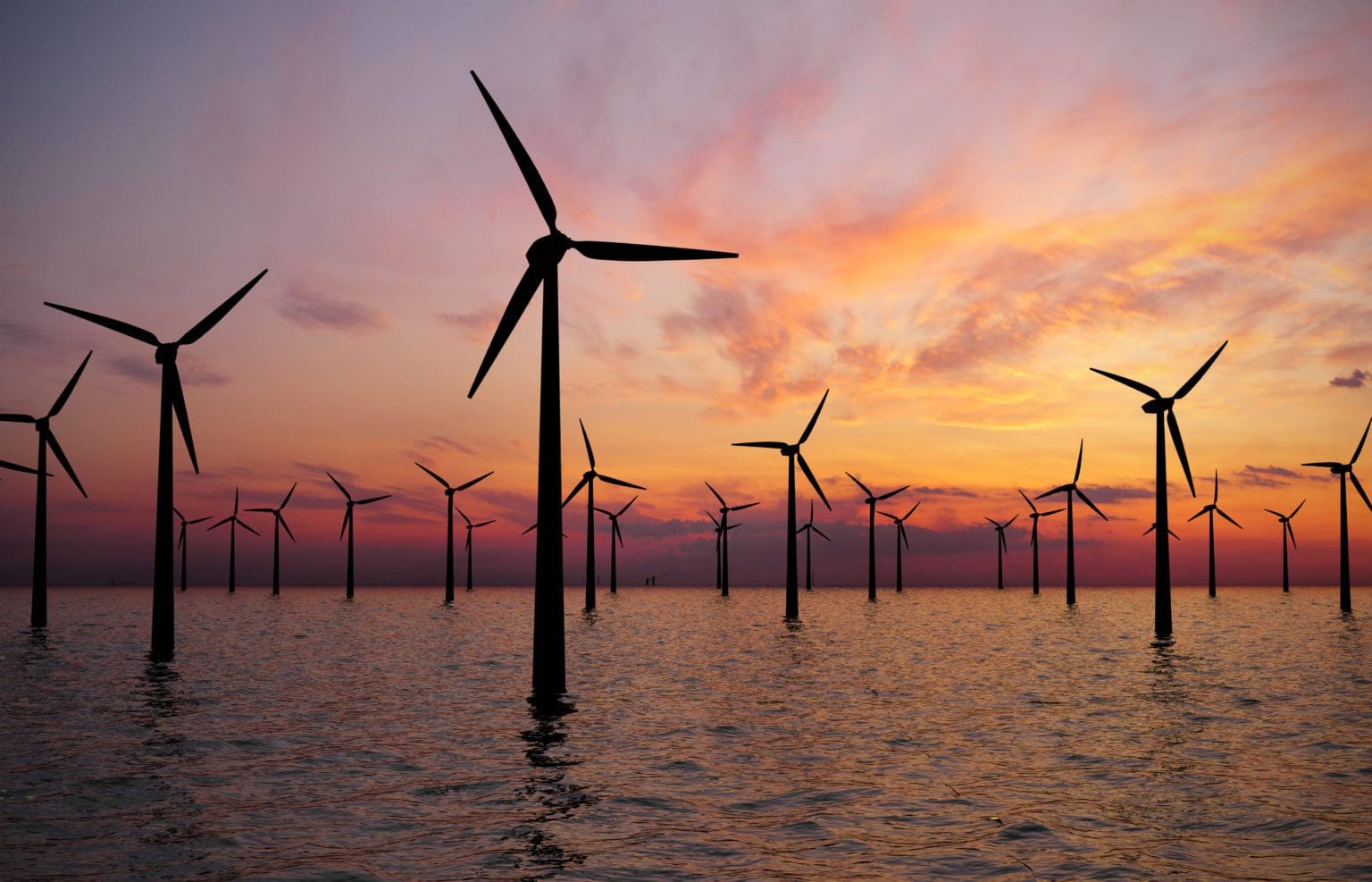All countries in the EU have signed the Paris Climate Agreement, a treaty that would see members reaching net zero emissions by 2050. Recent studies suggest that these goals set in the agreement are probably unattainable at this point.
Gruesome Numbers
A report released by independent climate think tank Ember on 27 July suggests that for a number of reasons, for instance because obtaining permits for wind projects is slow in the EU, the pledges made in the Paris Agreement are unreachable in the planned period. The EU will require an additional 76 gigawatts (GW) of renewable energy by 2026 in order to meet the target of keeping global warming to 1.5 degrees Celsius, but Ember projections indicate that only 38 GW will be achieved by that time.
‘Europe no longer lacks renewables ambition, but it is now facing an implementation gap. Higher targets have not yet translated into accelerated deployment on the ground,’ Ember analyst Harriet Fox said.
The EU is falling short of the necessary rates of solar deployment
Only four of the 27 EU nations (Finland, Croatia, Lithuania, and Sweden) will achieve high enough yearly growth in wind capacity to line with 1.5C at the expected rates of deployment. Additionally, the EU is falling short of the necessary rates of solar deployment. The issuing of permits for renewable energy projects should not go beyond two years, under EU law. The average permission period for onshore wind projects in the 18 nations examined was always longer than two years, in some cases by as much as five times. In nine of the 12 countries that were analyzed for solar, the two-year maximum was surpassed, with delays ranging up to four years.
Why Renewables Are Needed
Europe is in dire need of more renewable energy. Countries are moving toward cleaner, more affordable, and more secure sources of power as part of the EU goal of a green post-Covid recovery, but also as a result of pressure from the ongoing gas crisis, and Russia’s invasion of Ukraine. This transition is already taking place; during the past ten years, installed wind and solar power has been rising in Europe. In order to meet the more ambitious 2030 targets, deployment rates will need to increase dramatically.
The recent rise in solar deployment is encouraging. Predictions for future deployment, however, fall short of 1.5C-compatible paths. Current and projected wind power deployment rates do not match 1.5C compatible standards or REPowerEU targets. This is particularly concerning because delays in wind deployment will have a greater impact on the mix of energy production sources due to wind’s higher capacity factor (in comparison to solar).
Goals for 2030
Different 1.5C-aligned approaches to achieve a clean European electrical system by 2035 are outlined in Ember’s most recent modelling work. This research uses capacity data from the “technology driven” (TD) approach to identify 1.5C-compatible benchmarks for national and EU-level targets. The overall targets from the TD pathway for the EU are 476 GW of wind energy (onshore and offshore) and 600 GW of solar energy. This pathway, which is referred to as “required capacity” throughout the report, was chosen as being the best aligned with the recently announced REPowerEU 2030 targets of 510 GW wind and 592 GW solar.
The overall targets from the TD pathway for the EU are 476 GW of wind energy and 600 GW of solar energy
Ember’s study’s findings are used to segment the necessary capacity according to each country since REPowerEU does not provide country-level targets. The derived country-level figures ought to be regarded as representative of what is necessary for the EU27 as a whole to achieve adequate installed wind and solar capacity.
The Situation in Hungary
While simultaneously reducing the amount of lignite-based output, Hungary had the highest rate of solar-based power production in the EU in 2021. In 2021, the demand for electricity increased in the EU (4.3 per cent) and Hungary (6 per cent) but there were no problems with the capacity of the power grid to handle the additional demand. Solar power plants produced 11.1 per cent of Hungary’s electricity as a result of the rapid growth of solar-based electricity generation. This number propelled the nation to the top of the EU rankings, surpassing even other Mediterranean-region members like Spain or Greece.
The only challenge that they pose is the handling of spent nuclear fuel,
Additionally, it is imperative to mention that alongside regular renewables, such as wind and solar power, Hungary is planning to expand its nuclear sources. According to an expert on nuclear energy, Zsolt Hárfás, nuclear energy is one of the most sustainable and clean sources a country could have. While many fear nuclear energy, especially since the disaster of Chernobyl, it should be stressed that these power plants are safe when properly maintained. The only challenge that they pose is the handling of spent nuclear fuel, however, there are ways to store nuclear waste safely and Hungary manages the Paks plant’s used fuel and radioactive waste safely and effectively.
In conclusion, most EU countries need to ramp up their renewable production in order to reach the goals set in Paris by 2030. The largest obstacle they face is the slow process of getting permits to install solar and wind power plants, and the deployment of the plants also needs to be accelerated. Hungary looks to be in a favourable position compared to other states, being a leading power in solar energy and with plans in place to increase its nuclear capacity.








